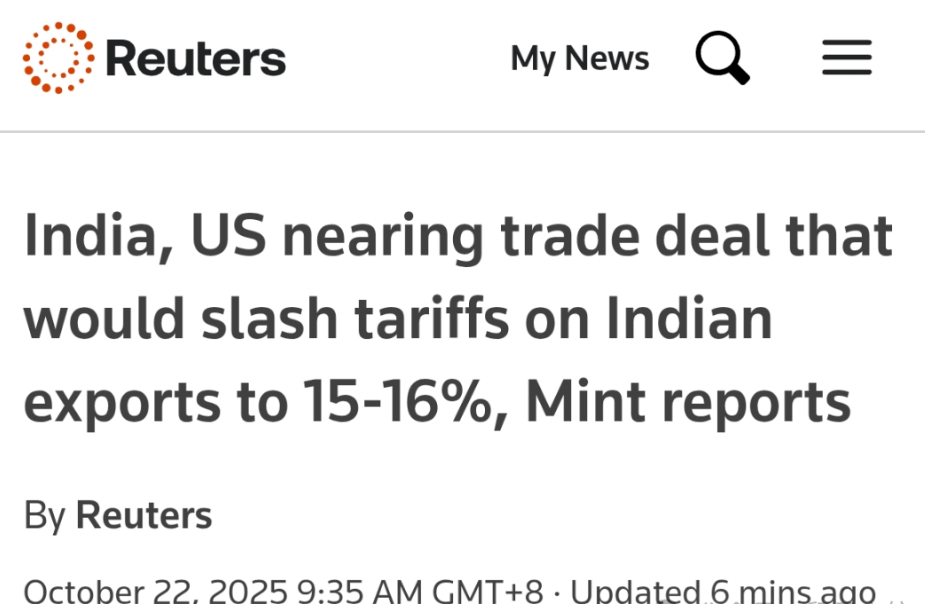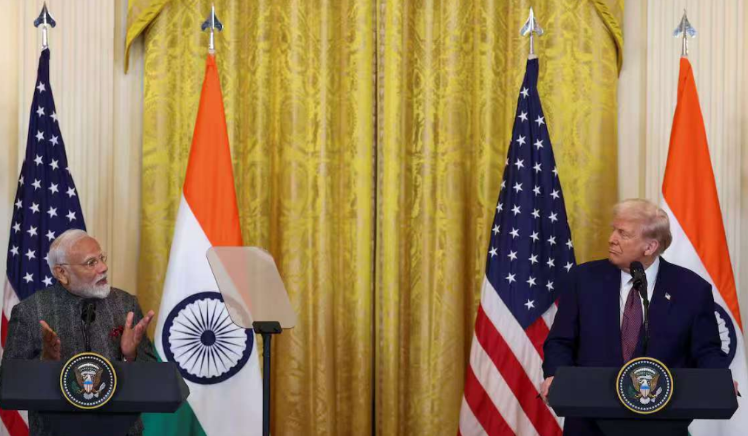Tariff Proposed To Drop From 50% To 15%! Breakthrough In US-India Trade Talks! Peace Dawn For Russia-Ukraine Conflict, Plastic Narrowly Rebounds
Due to the sudden news related to the Russia-Ukraine situation, market risk aversion has significantly diminished. In the overnight trading session, precious metal prices saw a sharp decline, continuing the downward trend in the morning, with the main contracts for Shanghai gold and silver both down over 5%. In the international market, spot gold plummeted nearly $280 overnight, with a daily decline exceeding 5.7%, marking the largest single-day drop since 2013; spot silver experienced an even steeper decline, approaching 8%.
The Russia-Ukraine situation has slightly eased, and the outlook for crude oil demand has improved, leading to an active rebound in international WTI crude oil overnight. In today's early trading, the commodity futures market showed widespread gains, with PP, PE, PVC, and styrene collectively rising, though the rebound strength is limited.
European leaders issue a joint statement supporting the promotion of a Russia-Ukraine ceasefire through negotiations.
On the 21st local time, according to the British Prime Minister's office, Ukrainian President Zelensky, British Prime Minister Starmer, German Chancellor Merz, French President Macron, Italian Prime Minister Meloni, Polish Prime Minister Tusk, Portuguese President Costa, Norwegian Prime Minister Støre, Finnish President Stubb, Danish Prime Minister Frederiksen, Spanish Prime Minister Sánchez, Swedish Prime Minister Kristersson, and European Commission President von der Leyen issued a joint statement on that day.
The statement indicates that all parties unanimously support the pursuit of a just and lasting peace and agree with U.S. President Trump's proposal for an immediate ceasefire, using the current contact line as the starting point for negotiations. The statement reiterates that international borders should not be changed by force. All parties emphasize that they will continue to strengthen sanctions and pressure on Russia's economy and defense industry.
The statement also revealed that multiple countries are studying the use of frozen Russian sovereign assets to provide necessary financial resources for Ukraine. Leaders plan to continue discussions later this week within the framework of the European Council and the "Coalition of the Willing" meetings to advance related work and further strengthen support for Ukraine.
Zelensky: Ukraine is ready to end the Russia-Ukraine conflict.
On the evening of the 21st local time, Ukrainian President Zelensky stated in a speech that Ukraine has completed preparations for an upcoming meeting with European partners and will sign a new agreement on defense capabilities this week. Zelensky said that this agreement will effectively become part of Ukraine's long-term security assurance, providing lasting protection for the country and its people.
He pointed out that Ukraine maintains a unified position on diplomatic issues with partner countries. Zelensky reiterated that Ukraine is ready to end the Russia-Ukraine conflict. He revealed that during his talks with U.S. President Trump, both sides agreed to attempt negotiations based on the current front lines.
The United States plans to reduce tariffs on India from 50% to 15%-16%.
October 22 news,India and the United States are nearing a long-stalled Bilateral Trade Agreement (BTA) aimed at significantly reducing India's export tariffs to the U.S.Reduce from the current 50% (including a 25% retaliatory tariff and a 25% punitive tariff on purchasing Russian oil) to 15%-16%.This progress may be formally signed by U.S. President Trump and Indian Prime Minister Modi at the ASEAN summit at the end of October.

Screenshot of Reuters report
The following are the detailed details:
Current tariff level:The United States imposes a 50% tariff on products exported to India, of which 25% stems from the "punitive" tariff related to India's oil imports from Russia, and another 25% is from the reciprocal tariffs announced in April.
Proposed adjustment:The tariff will be reduced to 15%-16%, which is higher than the 15% tariff line of the EU and Japan, but lower than Vietnam's 20% and also lower than most Southeast Asian countries' 19%.The agreement may include a regular review mechanism to adjust tariffs and market access.
Exception areas:The import tariff on non-GMO corn in the United States remains unchanged at 15%, but the import quota may increase. The tariff reduction for dairy products, such as premium cheese, has not yet been finalized.
 Key affected areas and products:
Key affected areas and products:
Energy Sector (Core Focus):India currently imports 34% of its crude oil from Russia and about 10% from the United States (valued at $12-13 billion annually). The agreement requires India to gradually reduce its oil imports from Russia and shift towards U.S. crude oil and natural gas. India may allow the import of U.S. ethanol; state-owned oil marketing companies will informally increase U.S. procurement.
Agricultural sector:The agreement may also include a requirement for India to increase imports of U.S. corn and soybean meal, two long-standing points of contention. With China reducing its purchases of U.S. corn, the United States sees India as an emerging market opportunity. However, India remains concerned that such imports could put pressure on domestic farmers.
The proposed agreement still requires political approval as energy and agriculture remain sensitive sectors for both countries.
The bilateral trade negotiations between India and the United States have been long delayed, with both sides repeatedly announcing but missing deadlines. On October 15, Indian Commerce Secretary Rajesh Agarwal stated that India is willing to increase imports of U.S. crude oil and natural gas if the prices are right. On September 25, U.S. officials reiterated Trump's precondition for halting imports of Russian oil.
Energy prerequisites: The United States insists that India reduce its oil imports from Russia; India has informed Russia of its plans but will not make a formal announcement, opting instead for informal diversification of procurement. The White House has not promised to match Russia's discounts.
Latest plastic prices as of October 22.

【Copyright and Disclaimer】The above information is collected and organized by PlastMatch. The copyright belongs to the original author. This article is reprinted for the purpose of providing more information, and it does not imply that PlastMatch endorses the views expressed in the article or guarantees its accuracy. If there are any errors in the source attribution or if your legitimate rights have been infringed, please contact us, and we will promptly correct or remove the content. If other media, websites, or individuals use the aforementioned content, they must clearly indicate the original source and origin of the work and assume legal responsibility on their own.
Most Popular
-

India's Q3 Smartphone Shipments Rise 3%; Japanese Mold Factory Closures Surge; Mercedes-Benz Cuts 4,000 Jobs
-

Ascend's Restructuring Plan Approved! Jwell Launches Global Acceleration Plan; Nexperia Chip Crisis Threatens Global Auto Production
-

Dow To Restart Pe Units 5 And 7 This Week, Recovery Date For Unit 6 Remains Undetermined In The United States (US)
-

Key Players: The 10 Most Critical Publicly Listed Companies in Solid-State Battery Raw Materials
-

The Roller-Coaster Behind Sanhua Intelligent Controls' Stock Price: What Are the Advantages of Automotive Thermal Management Companies Crossing Into Humanoid Robots?






